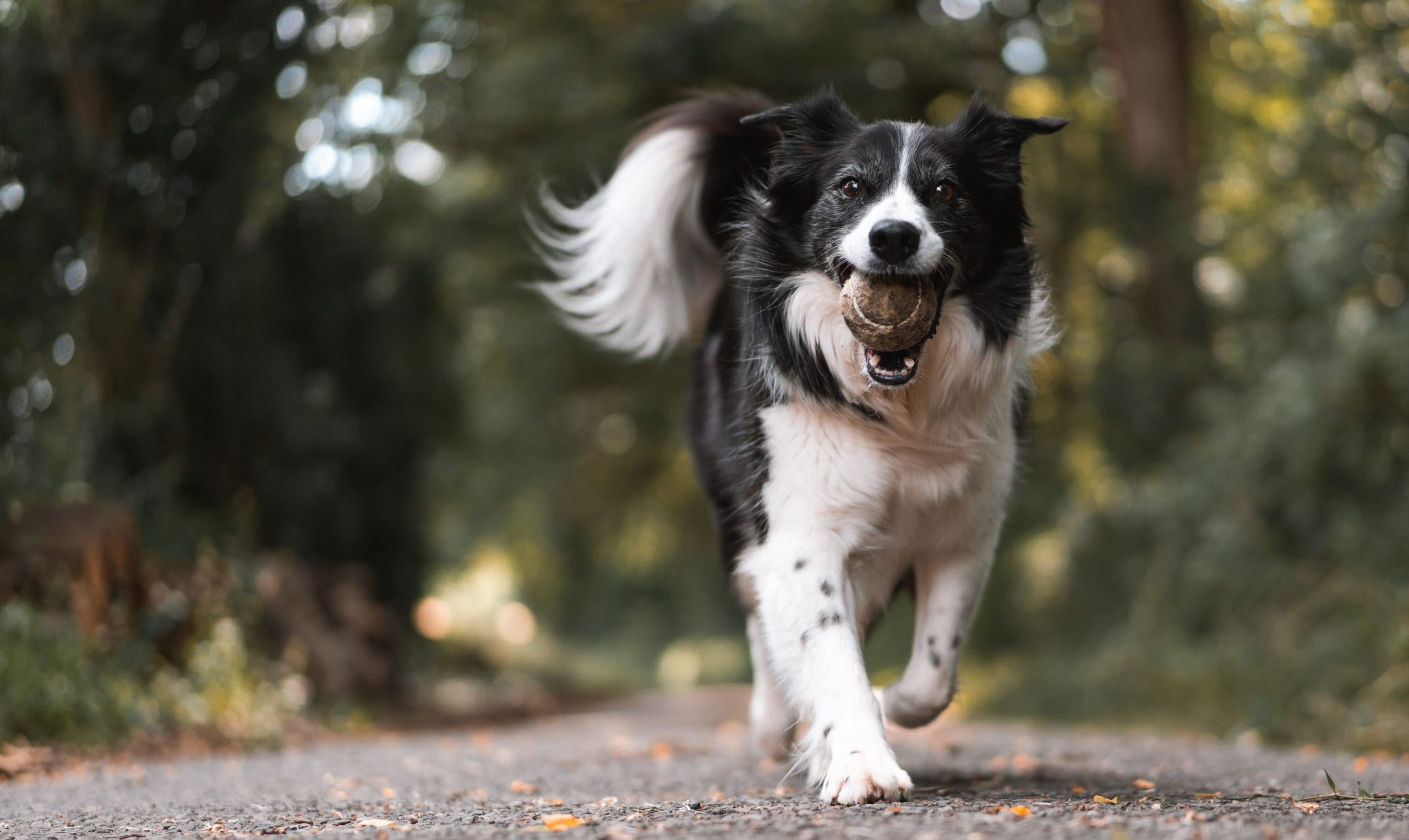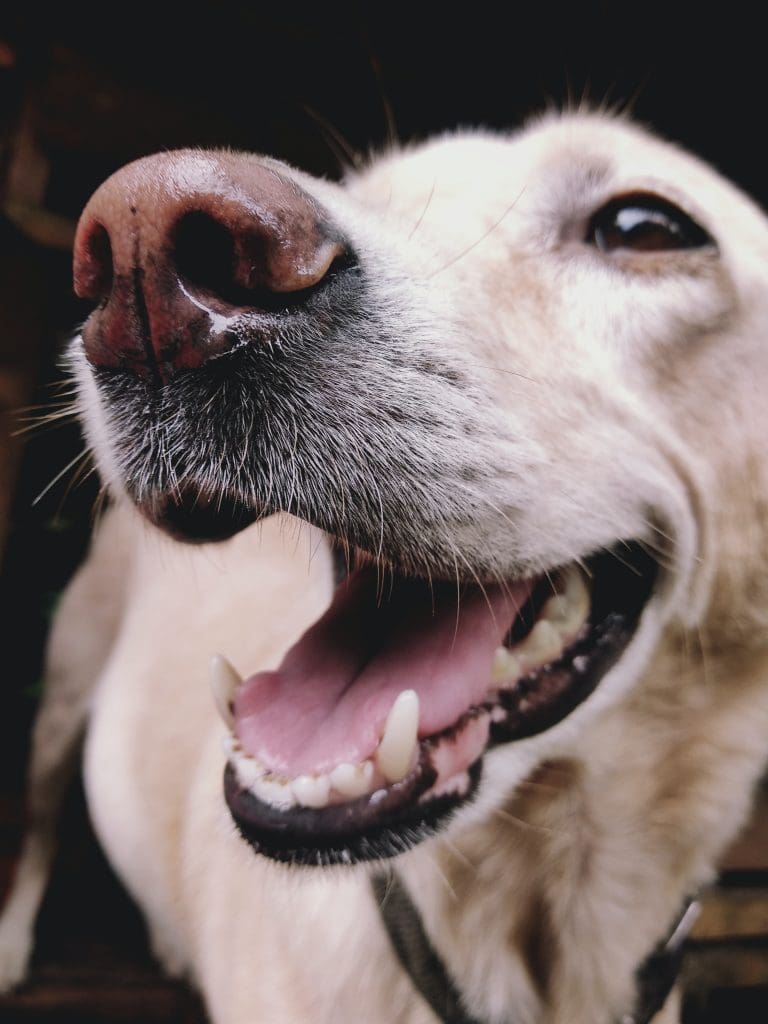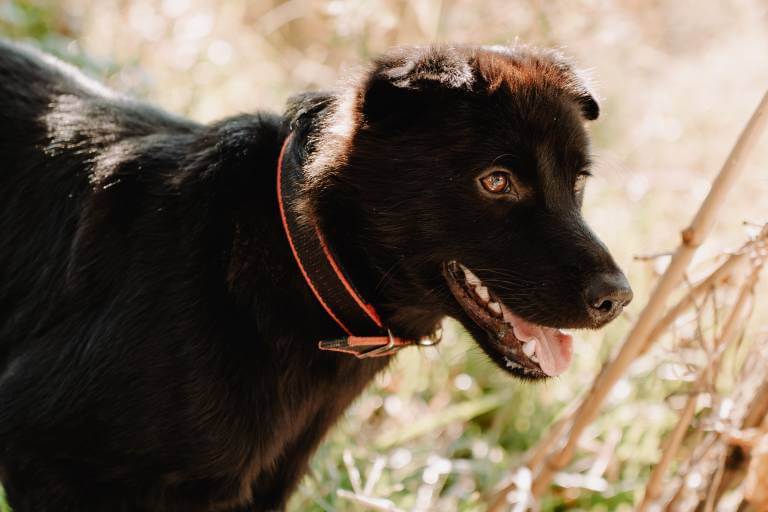What Temperature Is Ok For Dogs To Sleep Outside?
Post Date:
December 10, 2024
(Date Last Modified: November 13, 2025)
Deciding whether a dog can sleep outdoors depends on the local weather, the dog’s individual traits, and the quality of outdoor housing and monitoring.
Temperature Thresholds and Practical Recommendations
For practical decision-making, use simple air-temperature bands to judge risk and required actions; above 50°F (10°C) is generally low risk for many healthy adult dogs[1].
Temperatures from 32°F to 50°F (0–10°C) represent a moderate-risk band where owners should monitor vulnerable animals and provide extra bedding or sheltered access[1].
When air falls below 32°F (0°C), hypothermia risk rises and dogs with small size, thin coats, or medical problems should be moved indoors; below 20°F (-7°C) most dogs are at significant risk and outdoor sleeping is not recommended for many animals[1].
| Air temp (°F / °C) | Risk level | Recommended action |
|---|---|---|
| >50°F (>10°C) | Low | Suitable for healthy adults with shelter and water[1] |
| 32–50°F (0–10°C) | Moderate | Monitor, add bedding, limit exposure for vulnerable dogs[1] |
| 20–32°F (-7–0°C) | High | Prefer indoor sleeping for small, thin-coated, or sick dogs[1] |
| <20°F (<-7°C) | Severe | Avoid overnight outdoor sleeping for most dogs; emergency measures may be needed[1] |
Breed, Coat, and Body Size Effects
Coat type and body mass heavily influence cold tolerance; many double-coated breeds tolerate lower temperatures better and can often remain comfortable down to about 20°F (-7°C) under proper shelter, whereas single-coated breeds lose heat faster[2].
Small dogs under 20 pounds (9 kg), short-haired dogs, brachycephalic breeds, and dogs with very low body fat are more vulnerable and often require indoor sleeping well above 32°F (0°C)[2].
Examples commonly considered cold-tolerant include Siberian Huskies and Alaskan Malamutes, while cold-sensitive examples include Chihuahuas, Greyhounds, and short-coated toy breeds; breed-level variation matters when applying temperature bands[2].
Age, Health, and Special Conditions
Puppies younger than 6 months and senior dogs older than about 7 years often have reduced thermoregulatory ability and should not routinely sleep outdoors in cold conditions[3].
Chronic illnesses such as hypothyroidism, congestive heart disease, or cachexia lower cold tolerance and increase hypothermia risk even at moderate temperatures like the low 40s °F (around 5–7°C)[3].
Certain medications (sedatives, some heart drugs) and nutritional deficiencies that reduce body condition or circulation will also raise the temperature at which a dog becomes at risk; veterinarians can advise when indoor housing is required[3].
Acclimation and Seasonal Adaptation
Gradual exposure helps many dogs develop seasonal tolerance; a practical acclimation schedule often progresses over 7–14 days with incremental increases in outdoor time each day while monitoring body condition and behavior[4].
Signs a dog has adapted include normal activity levels, dry and relaxed posture while resting, and maintained body weight; persistent shivering, hunched posture, or decreased appetite indicate struggle and may require moving indoors[4].
Sudden drops of 10–20°F (6–11°C) overnight present increased risk even for acclimated dogs because fur density and fat stores do not change quickly; exercise extra caution and provide immediate shelter if forecasts show sharp declines[4].
Weather Elements: Wind, Moisture, and Humidity
Wind chill increases effective heat loss; for example, a 40°F air temperature with strong wind can feel like about 20°F to exposed skin, so wind exposure should be factored into sleep decisions[5].
Wet fur loses insulating value quickly; rain or snow that soaks the coat can cause a dog to lose body heat much faster than dry air at the same temperature and should trigger indoor placement even if air temperature remains in a moderate band[5].
Cold ground conducts heat away from the body; raising the bed off the ground and adding insulating bedding mitigates conduction losses, which are especially important when humidity is high and evaporative cooling is limited[5].
Shelter, Bedding, and Placement
A well-designed outdoor shelter should be insulated, just large enough to allow the dog to turn and lie down, and raised off the ground about 6 inches (15 cm) to reduce conductive heat loss[3].
- Straw: 3–6 inches (8–15 cm) of dry straw provides lofting and insulation but must be kept dry and replaced when soiled[3].
- Closed-cell foam pads: low moisture uptake and good insulation; use a cover that can be washed periodically[3].
- Blankets: washable blankets are acceptable if they stay dry—avoid wet materials and loose stuffing that retain moisture[3].
Placement matters: put shelters with entry facing away from prevailing wind, offer sun exposure during daytime when possible, and avoid low-lying frost pockets where cold air collects[3].
Safe Heating Devices and Electrical Cautions
Low-voltage heated pads (commonly 12 volts) designed for pets can provide supplemental warmth when used with chew-resistant covers and thermostatic control; use units rated for outdoor use and follow manufacturer cleaning instructions[3].
Always route cords to prevent chewing and use ground-fault circuit interrupter (GFCI) protection on outdoor outlets; inspect cords and devices weekly for damage in cold months[3].
Avoid heat lamps and exposed resistive heaters in unattended outdoor shelters due to burn and fire risk, and never place electrical heating elements where they can contact moisture or bedding directly[3].
Signs of Cold Stress and When to Bring Indoors
Early signs of cold stress include persistent shivering, seeking shelter, and reduced activity; these signs warrant immediate measures such as added bedding or moving the dog indoors if they do not resolve quickly[3].
Advanced signs that require urgent action include slow or shallow breathing, severe lethargy or stupor, and pale or bluish gums; a core body temperature below about 99°F (37°C) is consistent with hypothermia and needs veterinary attention[3].
Immediate first-aid for moderate hypothermia includes bringing the dog into a warm environment, wrapping in dry blankets, and seeking veterinary care; avoid rapid external heating that can cause shock without professional guidance[3].
Monitoring, Routine Checks, and Nighttime Considerations
Routine checks increase safety; visual and tactile checks every 4–6 hours during cold nights help detect early cold stress before it becomes an emergency[4].
Night-specific strategies include adding an extra bedding layer, ensuring shelter entries face away from wind, and providing a dry area so the dog can avoid damp bedding that accelerates heat loss[4].
Keep a simple log of checks and weather conditions for a week to spot trends; increase monitoring frequency when forecasts predict temperature drops of more than 10°F (6°C) overnight[4].
Legal, Ethical, and Welfare Considerations
Owners should review local ordinances and animal welfare codes because many jurisdictions consider leaving animals exposed to extreme cold without adequate shelter or care to be neglect; check municipal or state guidance for specific temperature or condition thresholds and reporting procedures.
Ethically, providing indoor access during severe weather, rotating outdoor sleeping with indoor nights, or offering permanent indoor sleeping for vulnerable animals are best-practice alternatives to unsupervised outdoor overnight housing.
Community and rescue resources, including local veterinarians and animal welfare organizations, can often advise on low-cost shelter upgrades or rehoming when outdoor sleeping is unsafe for a particular dog.
Sources
- avma.org — American Veterinary Medical Association. https://avma.org
- merckvetmanual.com — Merck Veterinary Manual. https://merckvetmanual.com
- vcahospitals.com — VCA Animal Hospitals / Pet Health Resources. https://vcahospitals.com
- aaha.org — American Animal Hospital Association (AAHA). https://aaha.org
- noaa.gov — National Oceanic and Atmospheric Administration (wind chill and weather data). https://noaa.gov






